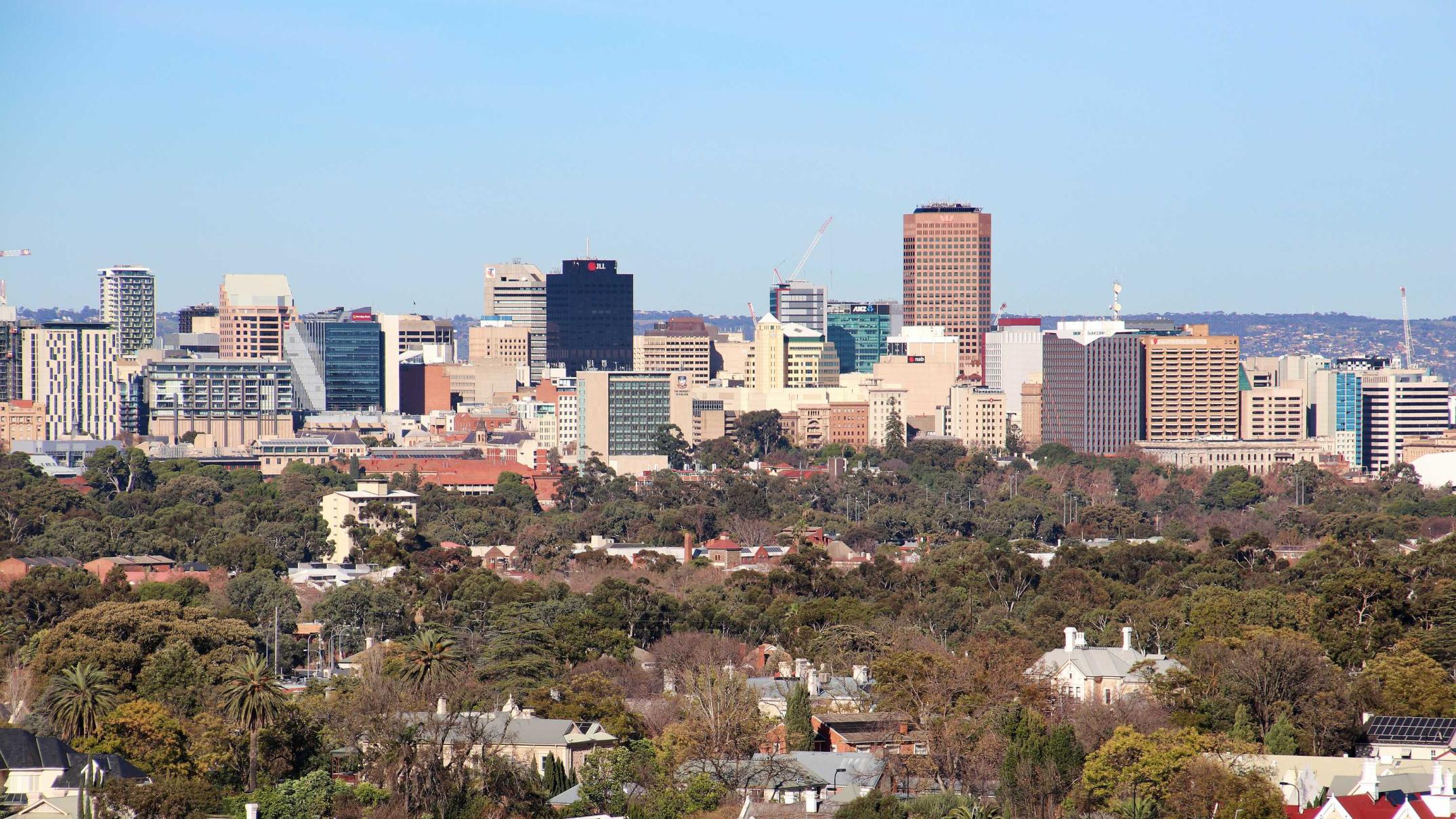Welfare group Shelter SA has said offering landlords incentives to unlock a vast body of vacant dwellings in Adelaide’s CBD could help significantly reduce homelessness, as well as rental stress.
Key points:
- Shelter SA says there are hundreds of empty dwellings in Adelaide
- It says encouraging landlords to make them available could help reduce homelessness
- It has raised the option of a vacancy tax, but says positive incentives are preferable
Shelter SA has released a report into vacancy rates in Adelaide, and estimates hundreds of dwellings in the CBD are currently unoccupied at a time when there are “increasing levels of housing stress”.
The group said about half the 1,076 unoccupied homes in Adelaide’s CBD identified in the 2016 Census could have been used to “provide short-, medium- and in some cases long-term accommodation” — but it estimated that number had since increased.
“We need better data to understand exactly how many vacancies there are in the city, and we’ve been wanting to look at empty rental properties, Airbnbs that are not fully utilised, overseas student accommodation and tourist accommodation,” CEO Alice Clark said.
“There’s about 200 rough sleepers in the CBD right now.”
Adelaide property prices have hit record highs in recent weeks, with high levels of demand also reflected within the rental market.
Shelter SA’s report states that there is currently a “high volume of speculative vacancies — homes withheld from the sales market but not used”.
“When property is withheld from the private rental and sales markets, whether through being left vacant or used as an Airbnb, upward pressure is placed on prices by reducing supply,” it said.
“Despite suffering a major downturn in tourism since the outbreak of the pandemic, Airbnb is a significant contributor to the number of empty homes or highly underutilised homes in the Adelaide CBD.
“Currently, only 13 per cent of Airbnb properties in the CBD are rented for more than six months of the year.”
Shelter SA said making empty Airbnb homes available could help meet “emergency need”.
Housing affordability ‘extremely complex’
The report raises the option of “punitive measures”, including a vacancy tax, as a way of inducing landlords to make properties available.
“Such measures should not be ruled out and preliminary steps should be undertaken for local and state governments to explore what legislative tools are within their powers,” it states.
But Dr Clark said dangling the carrot rather than wielding the stick was the preferred option.
“Incentivising landlords and owners is the way to go,” she said.
“I don’t think a property tax works very well in other countries where they’ve implemented it, so we’d like to see incentives and even perhaps a voucher system for landlords.”
Shelter SA has urged the SA Government to directly intervene to “discourage residential property vacancies”.
Its recommendations include that the government “consider purchasing empty or underutilised residential properties to increase the supply of social housing”.
But Human Services Minister Michelle Lensink said Shelter SA’s report “fails to take into account” work already being undertaken “to improve housing and homelessness outcomes in South Australia”.
“The State Government is also providing land tax exemptions to private property owners who rent through a participating community housing provider for affordable housing purposes.”
Ms Lensink said the Government would be “imminently” announcing new homelessness prevention measures.
In a statement, Airbnb said housing affordability was an “an extremely complex issue” and that many Airbnb hosts were already playing a part in the solution.
“Short-term rentals generally comprise only a small percentage of the overall housing market,” spokesman Derek Nolan said.
“Many hosts on Airbnb share their own home to help combat rising costs of living and meet mortgage repayments.
“In turn, these hosts help drive economic growth and job creation, with many local businesses relying on the valuable tourism dollars spent by Airbnb guests.”




